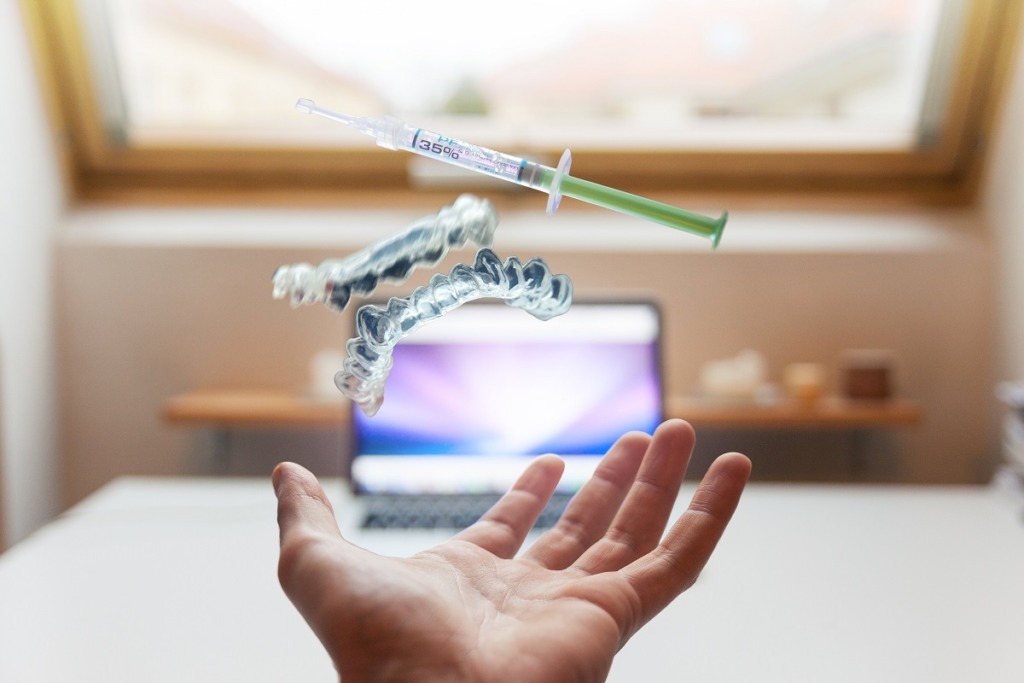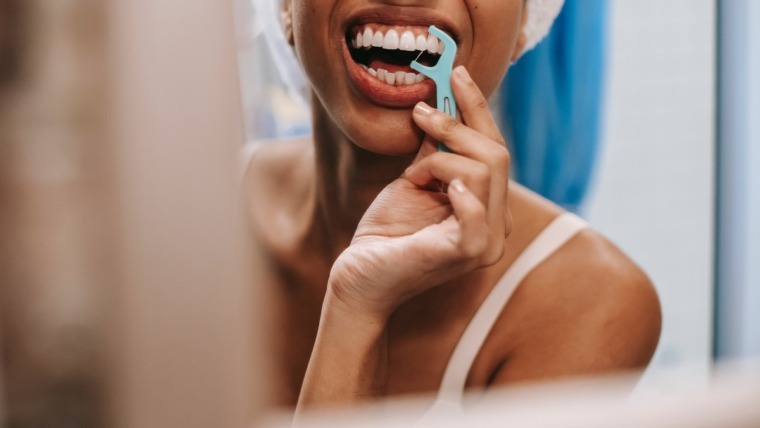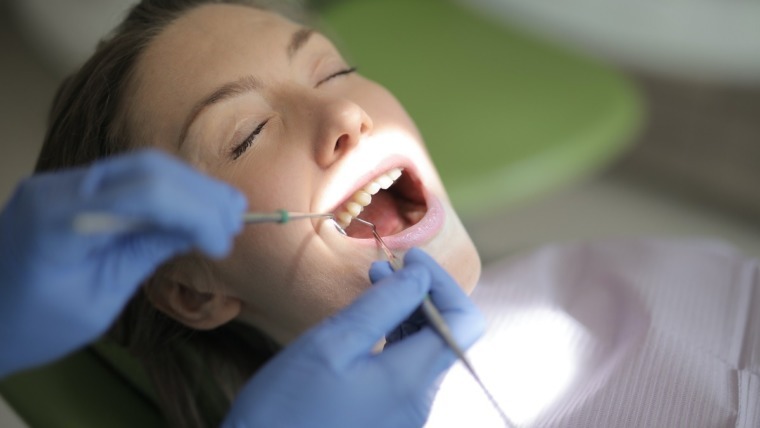
Written by Dr Jeffrey M Kestenberg Coburg Dental Group
Over the last several decades tooth decay and gum disease have been rampant in the western world. The problems are the same but the way we handle and treat the issues is very different today. Welcome to the new world of dental care where new technologies and advances in methodologies have helped to overcome the three biggest barriers to dental care-the fear of going to the dentist, the cost of dental services and the time needed to receive care.
Research has created many advances in dental care
Research in dentistry has increased in recent times. Even simple advances such as the technology behind the best of electric toothbrushes, toothpastes and mouth rinses have seen dramatic improvements in the dental health of individuals. Our general understanding of a healthy diet has also made a dramatic impact on general health and of-course dental health of individuals who are motivated and disciplined to follow good diet and hygiene practices.
Unfortunately, this has not been reflected in the decay rate or incidence of gum disease of the whole population. The increased popularity or processed foods and junk foods for convenience has been a major contributor to obesity, poor dental health and other issues. The increased consumption of sugars in our society is a hidden health disaster.
Fear of the dentist is still a major issue
One of the most common childhood fears which progresses in to adulthood, is going to the dentist. It’s been like that for decades if not centuries. The fear of the needle and the noise of the drill are the two biggest initiators of dental phobia. Improvements to the way in which local anaesthetic is administered such as computerized local anaesthetic delivery systems and needleless systems which replace the dental syringe, have made the whole process much more comfortable.
There are also new technologies which can replace the dental drill in some situations. Dental lasers have the ability to remove tooth decay and prepare teeth for fillings. There are also methods to chemically stop the tooth decay process using silver diamine fluoride. This is particularly useful for children who may not be co-operative in the dental clinic environment, or where access to care may be difficult.
Technology is becoming more important (What’s New In The World)
New methods to detect tooth decay are also available. No longer do dentists need to rely on a visual examination, using a dental probe and x-rays. Laser fluorescence which is free of ionizing radiation is a non-invasive and simple to perform. A specific wavelength of light shines on the tooth to give the dentist a reading of the area of the tooth being examined. Light transillumination is another method which uses the properties of light to help the dentist diagnose tooth decay.
Unfortunately, most new technologies are expensive to purchase and increase the cost of the provision of services. To make matters worse, health insurance companies are very slow to include new technologies in their rebate schemes. Hence, the uptake of new technologies by health practitioners is usually quite slow and it is consumer demand that ultimately is the driving force for these technologies to be incorporated in to every day practice.
The fallback position for many phobic patients is to have their dental treatment performed while they are sedated or under general anaesthetic. From a practical point of view, it offers a way to have all of the dental treatment performed in one session but it does not help the patient overcome their dental fear in the short term. It is also particularly useful for patients requiring extensive treatment to be performed or for the people who are time poor and want their treatment performed quickly. This has certainly become a much more popular service in the last few years.
Modern advances in dental filling materials now mean that all fillings can be tooth coloured and will be long lasting. There’s no need now for silver amalgam fillings or gold crowns. Tooth coloured fillings can now be easily repaired without removing all of the old filling.
Similarly there has been an enormous amount of research in the field of dental implants with teeth fitted on to implants on the same day. Simplified, computer-guided surgery has enabled many general practitioner dentists to incorporate dental implants in to their everyday practice.
Computer assisted care will become common
Computerized scanning of the teeth and jaws has been embraced by thousands of dentists now. This enables computer assisted treatment planning for orthodontics, crowns and bridges, cosmetic dentistry and complex surgery. With computerized aided design and milling, patients can now have a crown fitting in just 2-3 hours instead of the multi-visit old methods which were used when skilled dental technicians made crowns entirely by hand.
3-D printing has also made its way in to the world of dentistry. Orthodontic plates, mouthguards, dentures and some components of implant teeth can be 3D printed to give a more accurate final result for the patient.
Over the next few years we will see artificial intelligence take a definite step in the world of medicine and dentistry. There are already systems being tested with limited release in the market for robotic root canal treatment which is guided by computer analysis of 3D x-rays.
The digitization of health records, research findings and the accumulation of patient data will allow the development of smart algorithms which can analyze patient symptoms and clinical findings to offer diagnostic and treatment recommendations for individual patients to offer the very best of personalized care.
The future is exciting (What’s New In The World)
Telehealth became a very important adjunct to health care during the COVID-19 pandemic, particularly during lockdowns. This technology will continue to improve with home based technologies giving clinicians more relevant data to treat patients without face to face attendances at clinics. Of-course there will be limitations in dentistry where so much treatment involves direct patient contact.
Virtual reality technology is now being incorporated in to the training of dentists at University level. This will enable trainees to have much broader exposure to all aspects of patient treatment before gaining experience on ‘live’ patients.
Regenerative dentistry is a term now being used to describe technology that will facilitate teeth to repair themselves or have a biological repair of tooth structure if a tooth is damaged. Stem cell technology will allow dentine, the main constituent of teeth, to grow or perhaps even grow an entire new tooth to replace a lost tooth. Research is being undertaken at several universities around the world including the University of Nottingham, Harvard University and the Karolinska Institutet in Sweden.
What’s New In The World What’s New In The World What’s New In The World What’s New In The World What’s New In The World What’s New In The World What’s New In The World What’s New In The World What’s New In The World



